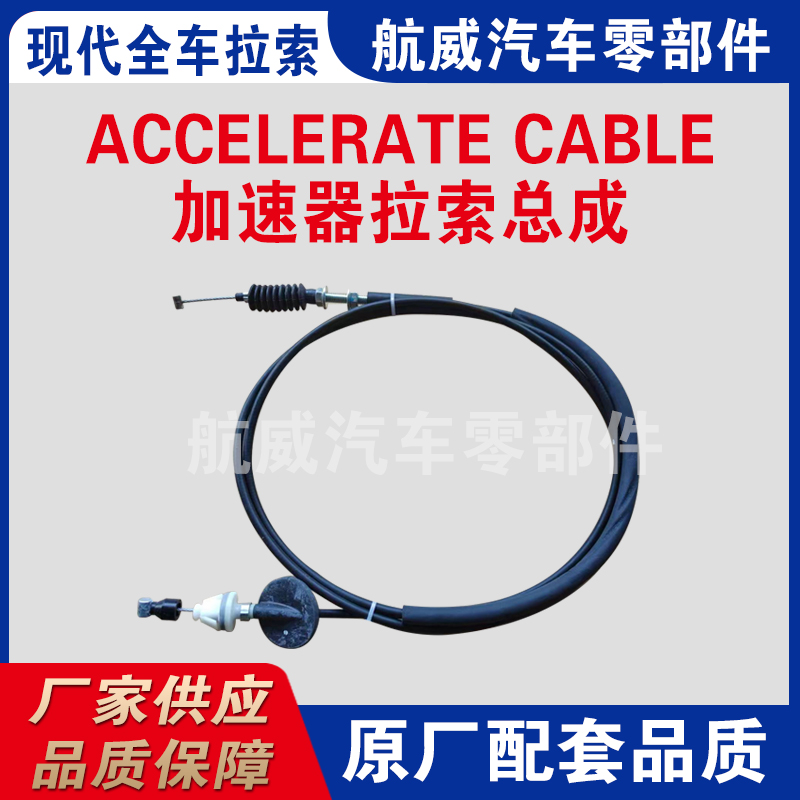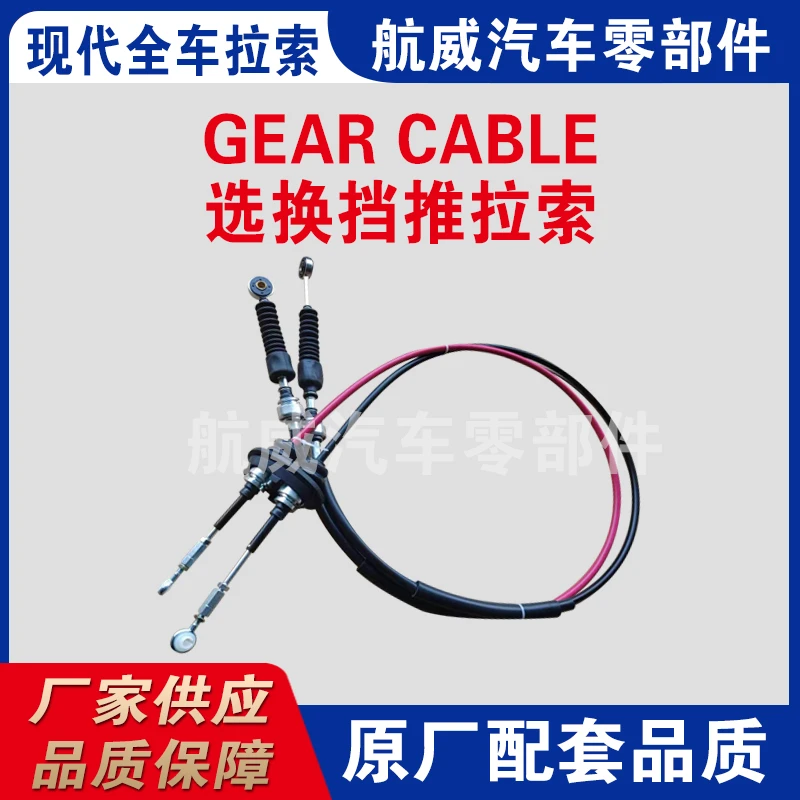Feb . 05, 2025 06:00
Back to list
Hand Brake Cable
Rear handbrake cables are an essential component of a vehicle’s braking system, providing stability and control when parked or on an incline. As part of the broader mechanical structure, these cables leverage physics to ensure that even when the hydraulic brakes aren't engaged, the vehicle remains stationary. Understanding their significance, maintenance needs, and troubleshooting tips can enhance both vehicle performance and longevity.
Trust the Experts Why Professional Assistance Matters While some vehicle enthusiasts may opt to replace handbrake cables themselves, expert installation is often prudent. Professionals not only have the specific tools required but can also address unexpected complications like seized adjusters or intricate cable routing. Furthermore, they can provide insights into the adjacent components' condition, ensuring holistic brake system health. Advanced Tips for Vehicle Owners For those intent on maximizing rear handbrake cable lifespan and effectiveness, routine preventive care is recommended. Regularly clean the undercarriage to remove dirt and contaminants. Applying a corrosion inhibitor spray to exposed metal can also significantly decrease rust formation. It's also advisable for drivers to engage their parking brake periodically, even on automatic vehicles, to prevent cable seizing, ensuring it remains functional and smooth when needed. Market Innovations in Rear Handbrake Cables Recent advancements in materials and engineering have led manufacturers to develop cables with synthetic outer sheaths that provide enhanced abrasion resistance, further shielding against environmental factors. Additionally, the market now offers adjustable cables, allowing precise tension tuning post-installation, which can cater to specific driving conditions or usage patterns. Trustworthiness and Authority in Product Choices Selecting a rear handbrake cable requires trust in both product and supplier. Prioritize brands with a history of quality and reliability, and look for certifications or endorsements from automotive industry bodies. Online reviews and community feedback through forums can offer additional assurance, providing real-world performance insights. In conclusion, rear handbrake cables play a critical role in safety and vehicle integrity. Through informed choices in maintenance, replacement, and product selection, drivers can ensure their vehicles remain secure and operational. Always borrowing from expertise and authority—whether from mechanics, product manufacturers, or detailed automotive guides—ensures decisions are backed by knowledge and a commitment to safety.


Trust the Experts Why Professional Assistance Matters While some vehicle enthusiasts may opt to replace handbrake cables themselves, expert installation is often prudent. Professionals not only have the specific tools required but can also address unexpected complications like seized adjusters or intricate cable routing. Furthermore, they can provide insights into the adjacent components' condition, ensuring holistic brake system health. Advanced Tips for Vehicle Owners For those intent on maximizing rear handbrake cable lifespan and effectiveness, routine preventive care is recommended. Regularly clean the undercarriage to remove dirt and contaminants. Applying a corrosion inhibitor spray to exposed metal can also significantly decrease rust formation. It's also advisable for drivers to engage their parking brake periodically, even on automatic vehicles, to prevent cable seizing, ensuring it remains functional and smooth when needed. Market Innovations in Rear Handbrake Cables Recent advancements in materials and engineering have led manufacturers to develop cables with synthetic outer sheaths that provide enhanced abrasion resistance, further shielding against environmental factors. Additionally, the market now offers adjustable cables, allowing precise tension tuning post-installation, which can cater to specific driving conditions or usage patterns. Trustworthiness and Authority in Product Choices Selecting a rear handbrake cable requires trust in both product and supplier. Prioritize brands with a history of quality and reliability, and look for certifications or endorsements from automotive industry bodies. Online reviews and community feedback through forums can offer additional assurance, providing real-world performance insights. In conclusion, rear handbrake cables play a critical role in safety and vehicle integrity. Through informed choices in maintenance, replacement, and product selection, drivers can ensure their vehicles remain secure and operational. Always borrowing from expertise and authority—whether from mechanics, product manufacturers, or detailed automotive guides—ensures decisions are backed by knowledge and a commitment to safety.
Next:
Latest news
-
Upgrade Your Clutch System with Premium Hydraulic Clutch LinesNewsJul.31,2025
-
Unlock the Power of Precision with Our Throttle CablesNewsJul.31,2025
-
Unleash Power and Precision with Our Accelerator CablesNewsJul.31,2025
-
Experience Unmatched Safety with Premium Handbrake CablesNewsJul.31,2025
-
Enhance Your Vehicle's Performance with Quality Gear CablesNewsJul.31,2025
-
Workings of Clutch Pipe and Hose SystemsNewsJun.04,2025
